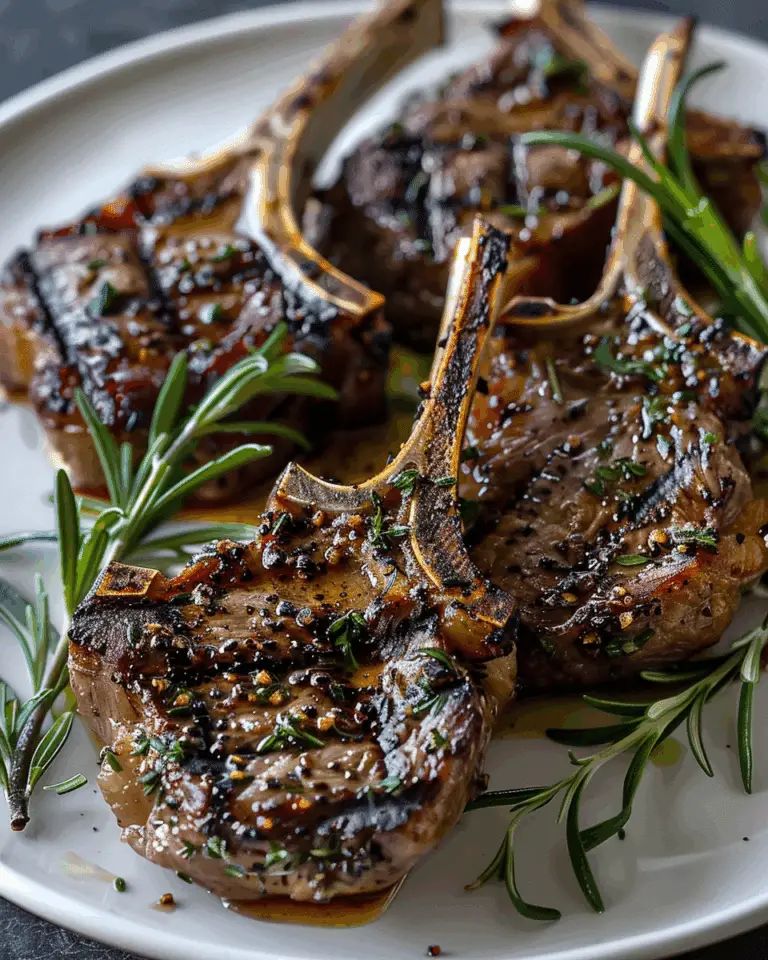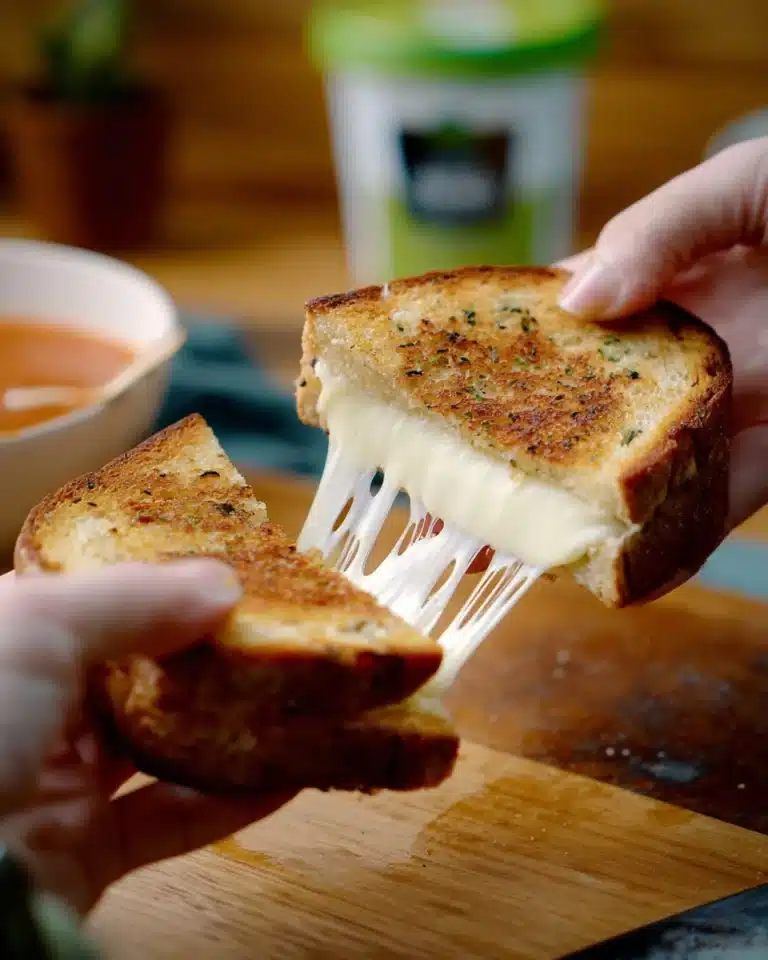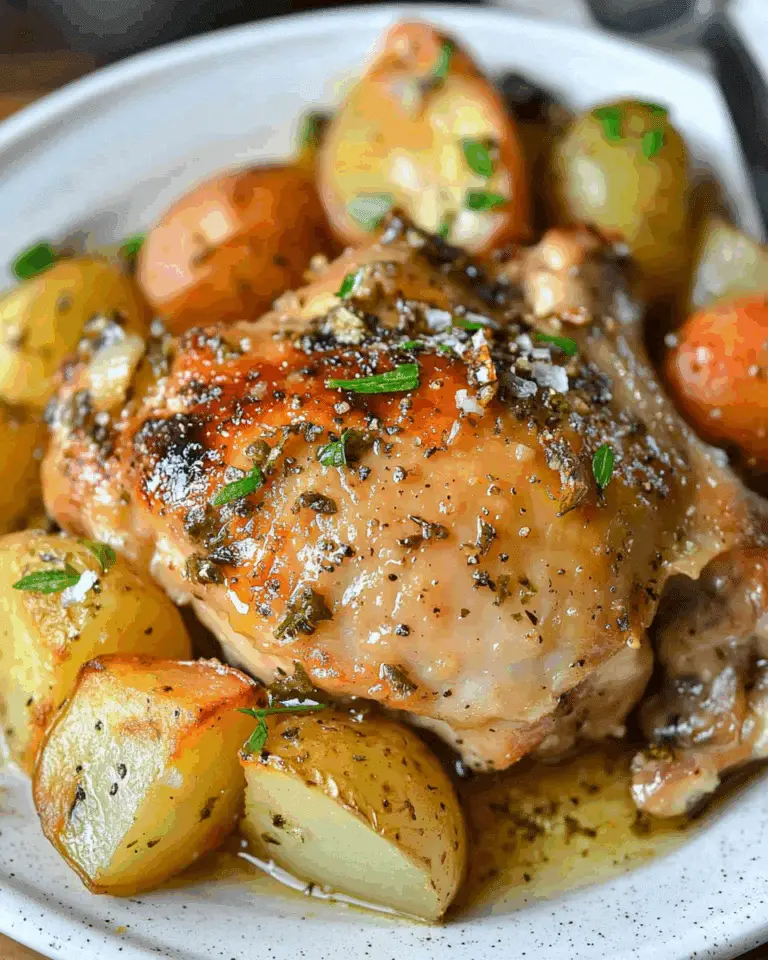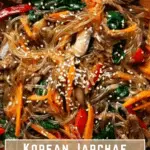If you’ve ever wanted to dive into a dish that’s bursting with vibrant colors, contrasting textures, and a harmony of savory, sweet, and nutty flavors, then you absolutely must try this Japchae – Korean Sweet Potato Noodles Stir-Fry Recipe. This classic Korean delight features chewy sweet potato noodles lovingly tossed with tender beef, crisp vegetables, and a luscious soy-sesame dressing. It’s a perfect blend of comforting warmth and fresh brightness, making it ideal for any meal, whether you’re serving lunch, dinner, or impressing friends with a stunning dish that’s as delightful to look at as it is to eat.
Ingredients You’ll Need
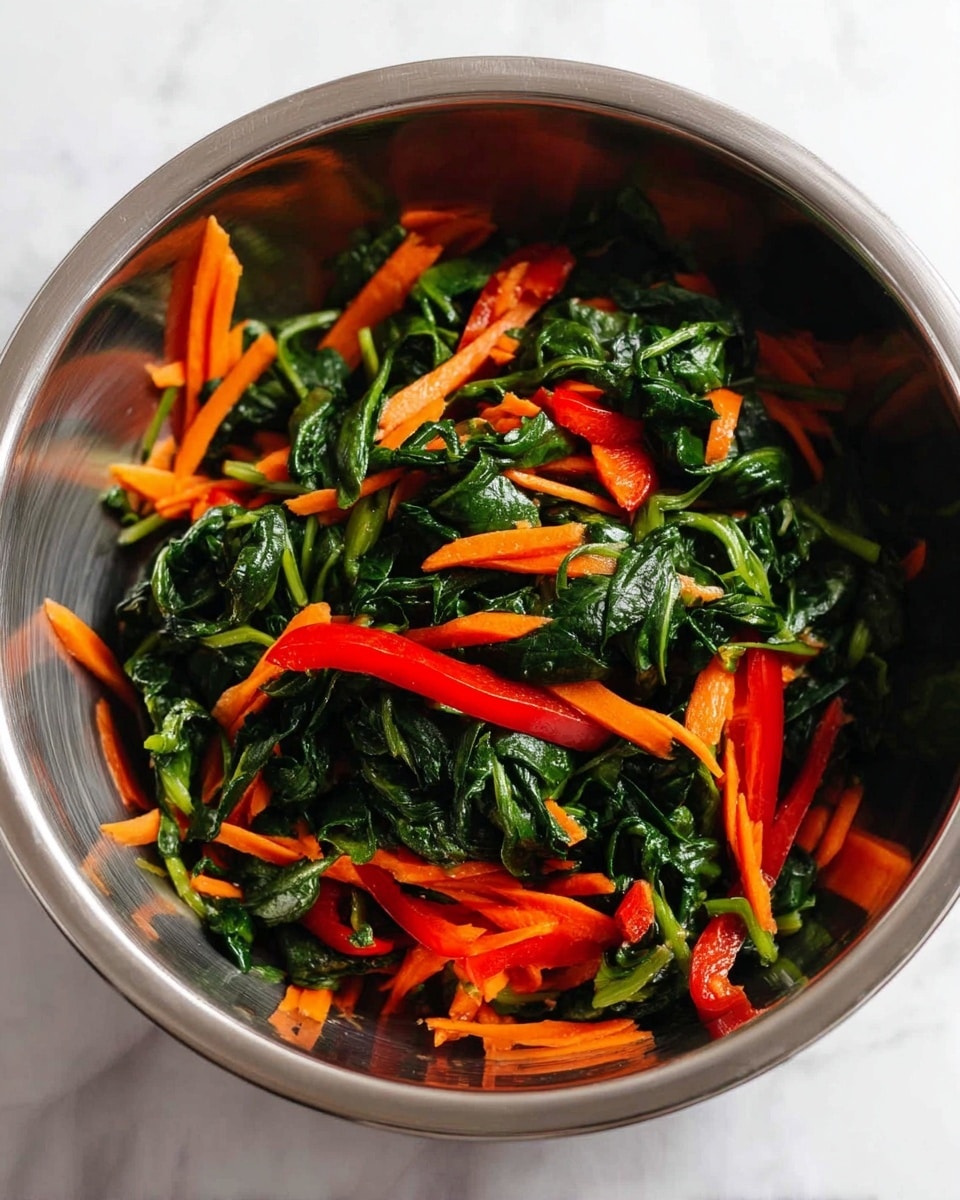
This Japchae – Korean Sweet Potato Noodles Stir-Fry Recipe relies on simple yet essential ingredients, each carefully chosen to build layers of flavor and texture. From the natural chew of the sweet potato noodles to the fresh crunch of vegetables and the depth of marinated beef, every component plays a crucial role in creating this spectacular dish.
- 600g/1.2lb bone-in beef short ribs or 300g/10oz boneless beef short ribs: Tender, juicy beef is the perfect protein to complement the noodles and veggies.
- 2 tsp soy sauce (for marinade and dressing): Adds umami richness and a wonderful salty balance.
- 2 tsp white sugar (for marinade and dressing): Brings a subtle sweetness that enhances the savory flavors without overpowering.
- 2 tsp finely minced garlic (for marinade and dressing): Provides a fragrant punch to brighten the entire dish.
- 1/2 tsp black pepper (for marinade and dressing): Adds mild heat and depth.
- 250g/8oz sweet potato noodles (dangmyeon), dried: These noodles are the star ingredient with their unique slippery yet chewy texture.
- 4 tbsp vegetable oil: Ensures the vegetables and beef cook evenly with a beautiful sear.
- 1 tsp cooking/kosher salt, divided: Essential for seasoning vegetables and noodles perfectly.
- 1 onion, halved and sliced into wedges: Adds natural sweetness and soft texture when cooked.
- 3 green onion stems, separated white and green parts: Their mild onion flavor wakes up the palate.
- 200g fresh shiitake mushrooms, sliced: Brings an earthy depth and meaty texture.
- 2 carrots, peeled and cut into thin batons: Adds crunch and a pop of vibrant orange color.
- 1 red capsicum/bell pepper, sliced: Offers sweetness and gorgeous red hue to brighten the dish.
- 4 1/2 cups tightly packed baby spinach: Wilts gently to provide a fresh, tender leafy green component.
- 2 tbsp white sesame seeds: Toasted to sprinkle on top for nutty aroma and a touch of crunch.
How to Make Japchae – Korean Sweet Potato Noodles Stir-Fry Recipe
Step 1: Marinate the Beef
Start by cutting your chosen beef into thin strips about 5mm thick, ensuring even cooking and that every bite will be succulent. Toss the beef in a quick marinade of soy sauce, sugar, garlic, and black pepper. The marinating time is short but impactful—around 15 to 20 minutes—so you get tender, flavorful meat without any wait dragging the process down.
Step 2: Prepare the Noodles and Sauce
Cook the sweet potato noodles according to package directions, generally about 8 minutes, then rinse them briefly under cold water to prevent sticking. Keep them slightly cool before placing into a large bowl with the carefully mixed soy sauce, sugar, garlic, sesame oil, salt, and pepper dressing. The noodles absorb the sauce beautifully if you wait to toss them with the veggies and beef later.
Step 3: Cook the Vegetables in Two Batches
Vegetables are cooked briefly but precisely to keep their natural color and texture intact, which is what makes this Japchae shine visually and texturally. First, sauté the onion, the white parts of the green onion, and shiitake mushrooms with some salt until just softened. Then in the same pan, cook the carrots and red capsicum, add the spinach and green onion tops, and continue cooking until the spinach just wilts. Each batch is then carefully transferred on top of the noodles to combine layers of textures and flavors before the big mix.
Step 4: Cook the Beef
In the final heat-up, sauté the marinated beef quickly over high heat just until it turns lightly golden. This ensures it stays juicy and tender without drying out. Adding it on top of the noodles and veggies just before tossing melds all the flavors harmoniously in the final toss.
Step 5: Toss and Finish
Sprinkle the sesame seeds over most of the ingredients and give everything a good toss, folding the vegetables, beef, noodles, and dressing evenly. The last sprinkle of sesame seeds on top before serving adds just the right touch of aroma and crunch. Remember, this Japchae is best enjoyed warm, not too hot, letting all flavors settle to perfection!
How to Serve Japchae – Korean Sweet Potato Noodles Stir-Fry Recipe

Garnishes
To elevate your Japchae – Korean Sweet Potato Noodles Stir-Fry Recipe even more, top it with freshly toasted white sesame seeds and finely sliced green onions for a vibrant finish. You can also add a few thin strips of egg omelette or roasted seaweed flakes for extra bursts of texture and color that make each bite more exciting.
Side Dishes
This dish pairs wonderfully with classic Korean sides like kimchi or pickled radish, which add refreshing acidity and crunch to balance the richness of the noodles and beef. Steamed rice or a simple miso soup can round out the meal, making it a satisfying feast that’s as wholesome as it is flavorful.
Creative Ways to Present
If you want to impress at a dinner party or lunch gathering, serve Japchae in a large, shallow bowl showcasing its vibrant colors. Alternatively, portion it into individual bowls with a sprinkle of toasted sesame seeds and chopped scallions, letting everyone appreciate the dish’s beauty and aroma before diving in. For a playful twist, try wrapping bites in fresh lettuce leaves for hand-held enjoyment.
Make Ahead and Storage
Storing Leftovers
If you make a big batch, no worries! Japchae keeps beautifully in the fridge for up to 3 days. Store leftovers in an airtight container to preserve freshness. The noodles may absorb more sauce overnight, so give it a gentle toss or a quick microwave reheat to bring back the lovely texture.
Freezing
This Japchae – Korean Sweet Potato Noodles Stir-Fry Recipe isn’t the best candidate for freezing because the noodles might change texture and become mushy. It’s definitely best enjoyed fresh or refrigerated for short-term storage.
Reheating
To reheat, gently warm the japchae in a skillet over medium heat or microwave it briefly, adding a splash of water or oil if it feels dry. Stir occasionally to heat evenly without losing the vibrant texture of the vegetables and noodles. Serve warm but not too hot to keep its authentic charm.
FAQs
Can I use other noodles instead of sweet potato noodles?
Absolutely! While sweet potato noodles give Japchae its characteristic texture and chew, glass noodles or vermicelli can be substituted in a pinch. Just note the texture will differ slightly, but the general flavor profile remains delicious.
Is Japchae served hot or cold?
Japchae is traditionally served warm or at room temperature. It’s not meant to be piping hot; serving it slightly warm lets the flavors meld beautifully without steaming the delicate ingredients.
Can I make Japchae vegetarian?
Yes! Simply skip the beef and consider adding marinated tofu or extra mushrooms and a sprinkle of nuts for protein. The veggies and sauce still deliver incredible flavor without meat.
What kind of oil works best in this recipe?
Vegetable oil is recommended for its neutral flavor and high heat tolerance, but you can also use canola or light olive oil. Avoid strongly flavored oils like extra virgin olive oil as they might overpower the dish.
How long do I need to marinate the beef?
About 15 to 20 minutes is perfect. It’s enough time to infuse the beef with flavor and tenderize it slightly without a long wait, keeping the prep quick and simple.
Final Thoughts
There’s something truly magical about this Japchae – Korean Sweet Potato Noodles Stir-Fry Recipe that keeps me coming back to it time and time again. It’s fresh, colorful, bursting with flavor, and surprisingly easy to pull together. Whether you’re sharing it with family, packing leftovers for lunch, or introducing friends to the amazing world of Korean cuisine, this dish never fails to delight. So go ahead, gather those simple ingredients, and embark on a delicious journey you won’t regret!
Print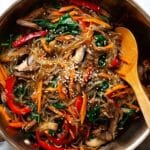
Japchae – Korean Sweet Potato Noodles Stir-Fry Recipe
- Total Time: 35 minutes
- Yield: Serves 4-6
Description
Japchae is a vibrant and flavorful Korean noodle dish featuring chewy sweet potato noodles tossed with marinated beef, assorted sautéed vegetables, and a savory sesame-soy dressing. Serving warm but not piping hot, it balances sweet and savory flavors with a delightful mix of textures, making it perfect for lunch or dinner, with leftovers ideal for next-day meals.
Ingredients
Beef
- 600g/1.2lb bone-in beef short ribs (recommended) or 300g/10oz boneless beef short ribs or 300g/10oz scotch fillet/rib eye steak, tenderized
Beef Marinade
- 2 tsp soy sauce (all-purpose or light soy)
- 2 tsp white sugar
- 2 tsp finely minced garlic
- 1/2 tsp black pepper
Noodle Dressing
- 1/4 cup soy sauce (all-purpose or light soy)
- 2 tsp white sugar
- 1/2 tsp finely minced garlic
- 1 1/2 tbsp sesame oil
- 1/2 tsp cooking/kosher salt
- 1/2 tsp black pepper
Noodles & Vegetables
- 250g/8oz sweet potato noodles (dangmyeon), dried
- 4 tbsp vegetable oil (or other plain oil), divided
- 1 tsp cooking/kosher salt, divided
- 1 onion, peeled, halved, sliced into 6mm/1/4″ wedges
- 3 green onion stems, cut into 5cm/2″ lengths, white and green parts separated
- 200g/7oz fresh shiitake mushrooms, stem removed, sliced into 5mm/1/5″ slices
- 2 carrots, peeled, cut into 3mm/1/8″ batons
- 1 red capsicum/bell pepper, cut into 0.5cm/1/5″ slices
- 4 1/2 cups (tightly packed) baby spinach
- 2 tbsp white sesame seeds
Instructions
- Prepare and Marinate Beef: Cut the beef into strips approximately 5mm thick, 1cm wide, and 5cm long. If using short ribs, trim excess fat and remove meat from bones before slicing. Place the beef strips in a bowl, add soy sauce, sugar, minced garlic, and black pepper for the marinade. Mix well and let it marinate for 15 to 20 minutes while preparing other ingredients.
- Prepare Sauce and Cook Noodles: In a very large mixing bowl, combine soy sauce, sugar, minced garlic, sesame oil, salt, and pepper to make the dressing. Cook the dried sweet potato noodles according to package instructions (approximately 8 minutes in boiling water), drain and rinse briefly under cold water, then shake off excess water. Add the noodles to the bowl with the dressing but do not mix yet.
- Cook Vegetables – Batch 1: Heat 2 tablespoons of vegetable oil in a large non-stick pan over high heat. Add the sliced onion, white parts of the green onions, and sliced shiitake mushrooms along with 1/2 teaspoon salt. Stir constantly and cook for 2 1/2 to 3 minutes until vegetables start to soften but are not browned. Remove from heat and pour these vegetables on top of the noodles without mixing.
- Cook Vegetables – Batch 2: Using the same pan on high heat, add 1 tablespoon oil and sauté the carrot batons and sliced capsicum for 1 1/2 minutes, stirring constantly. Add the green parts of the green onions, baby spinach, and the remaining 1/2 teaspoon salt. Continue cooking and stirring for another 1 1/2 minutes until the spinach wilts. Transfer these vegetables to the bowl with noodles, still without mixing.
- Cook the Beef: With the same pan on high heat, heat the last tablespoon of oil. Quickly cook the marinated beef strips for about 1 1/2 minutes until just cooked through and lightly golden. Add the beef into the noodle bowl. Do not mix yet.
- Combine and Serve: Sprinkle most of the sesame seeds over the combined ingredients in the bowl, reserving some for garnish. Now toss everything thoroughly until well combined. Transfer the japchae to a serving bowl and sprinkle with the remaining sesame seeds. Serve warm, not piping hot, and enjoy your flavorful Korean noodles.
Notes
- Sweet potato noodles (dangmyeon) give the authentic chewy texture; substitutes like glass noodles or vermicelli can be used but change the texture slightly.
- Beef can be substituted with mushrooms or tofu for a vegetarian version.
- Japchae is best enjoyed warm rather than hot to fully appreciate the blend of flavors.
- Leftovers taste great and are perfect for lunch the next day.
- Tenderizing the beef (especially scotch fillet or rib eye cuts) helps improve texture and tenderness.
- Prep Time: 20 minutes
- Cook Time: 15 minutes
- Category: Mains
- Method: Stovetop
- Cuisine: Korean


